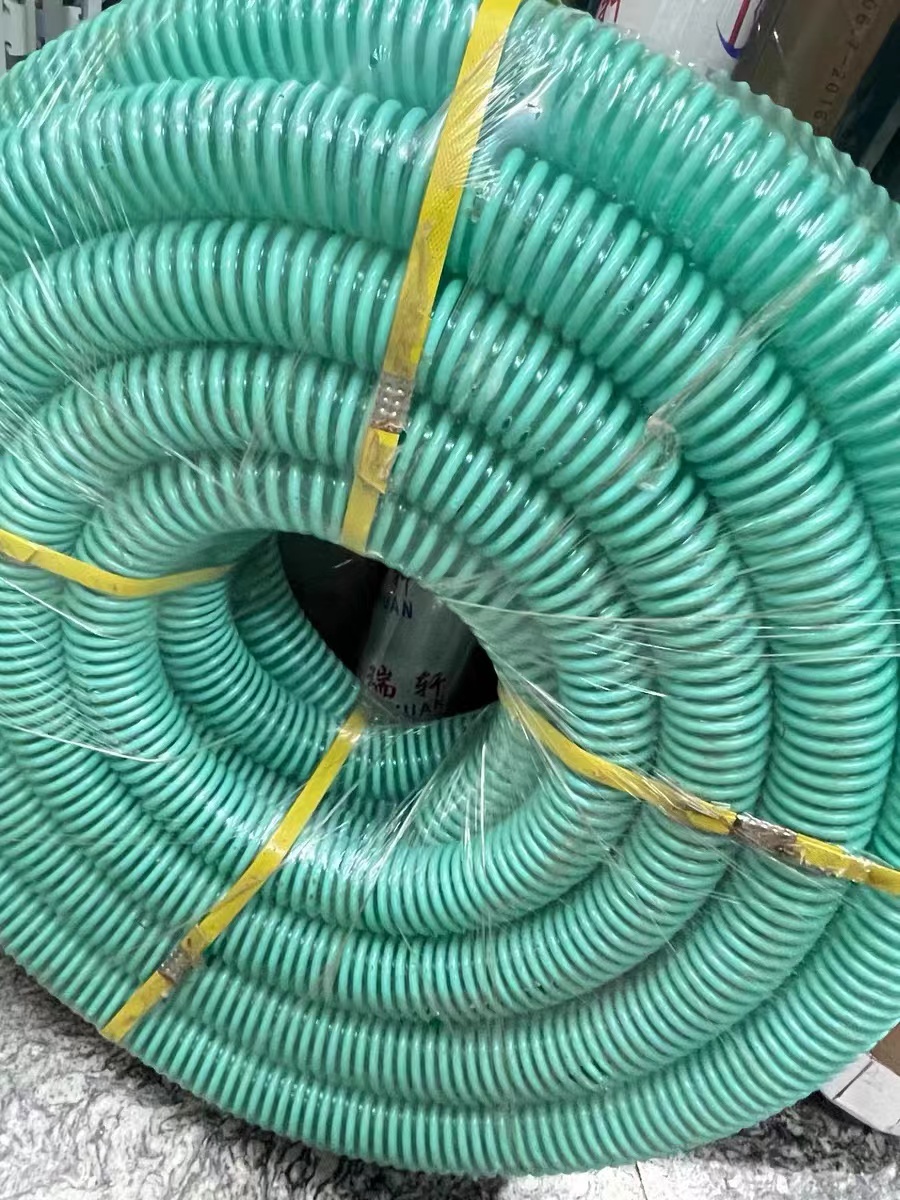polyurethane hose vs rubber
Polyurethane Hose vs. Rubber Hose A Comparative Analysis
When it comes to selecting the right hose for industrial applications, two popular materials often come into play polyurethane and rubber. Each material has distinct characteristics that make it suitable for different uses. Understanding the differences between polyurethane hoses and rubber hoses can help manufacturers and engineers make informed decisions based on their specific needs.
Durability and Flexibility
Polyurethane hoses are renowned for their superior durability. They exhibit excellent resistance to abrasion, punctures, and weather, which makes them ideal for high-durability applications. This material is particularly suited for environments where the hose might come into contact with rough machinery or abrasive substances.
In contrast, rubber hoses are generally more flexible and can bend without kinking, which makes them easier to work with in tight spaces. While rubber hoses also offer good durability and are resistant to various chemicals, they might not match the wear resistance of polyurethane hoses in extremely demanding applications.
Weight and Handling
Polyurethane hoses are significantly lighter than rubber hoses. This lightweight nature ensures easier handling, which can lead to increased productivity, especially in tasks that require frequent movement or repositioning of the hose. Employees can manage polyurethane hoses with less fatigue, enhancing overall efficiency in operations.
On the downside, the flexibility of rubber hoses can still be advantageous in certain scenarios, as their ability to stretch and bend without breaking can be beneficial in dynamic environments that require constant movement.
polyurethane hose vs rubber

Chemical and Temperature Resistance
Both polyurethane and rubber hoses exhibit different levels of resistance to chemicals and temperature variations. Polyurethane hoses generally have excellent resistance to oil and fuel, making them a suitable option for automotive applications. However, they may not perform as well in extremely high-temperature situations.
Rubber hoses, particularly those designed for high-temperature applications like EPDM rubber, can handle extreme heat and certain corrosive substances effectively. This versatility makes rubber a go-to material for steam applications and industries where temperature fluctuations are common.
Cost Considerations
In terms of cost, polyurethane hoses tend to be more expensive than their rubber counterparts. However, the long-term savings associated with reduced wear and tear, lower replacement rates, and increased productivity may justify the initial investment for many businesses.
Conclusion
Ultimately, the decision between polyurethane and rubber hoses depends on the specific application requirements, including environmental conditions, handling ease, and budgetary constraints. By understanding the strengths and limitations of each material, businesses can choose the most appropriate hose type to enhance efficiency and safety in their operations.
-
Unrivaled Performance and Applications of PU Pneumatic Hoses and TubesNewsJun.11,2025
-
The Transparent World of Industrial Tubing and Hosing SolutionsNewsJun.11,2025
-
The Intricate World of Pneumatic Conduits: Tubes and HosesNewsJun.11,2025
-
The Dynamic Landscape of Pneumatic Conduits: Unraveling Key ComponentsNewsJun.11,2025
-
The Diverse Applications and Significance of Transparent PVC TubingNewsJun.11,2025
-
High - Pressure Pneumatic Tubing and Systems: An In - Depth LookNewsJun.11,2025














